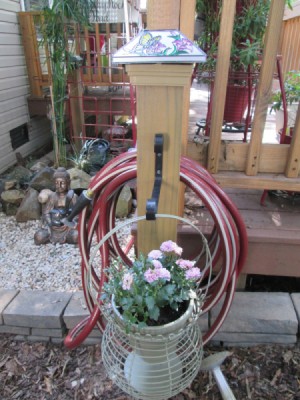 The water hose I had before was not long enough to do my full backyard. After purchasing my 100 foot hose, although needed, it was too much to keep the full amount at its home location. We decided to roll half at its home location and build an extension pole for the rest. This will help with those daily jobs, and still have the rest of the hose for seasonal cleanings. This makes this very long hose more organized and decorative next to my zen garden. The following photos show the process for installing the extension pole and the final hose hanger. We included a solar light on the top of the post and a plant hanger on the side opposite the hose hanger.
The water hose I had before was not long enough to do my full backyard. After purchasing my 100 foot hose, although needed, it was too much to keep the full amount at its home location. We decided to roll half at its home location and build an extension pole for the rest. This will help with those daily jobs, and still have the rest of the hose for seasonal cleanings. This makes this very long hose more organized and decorative next to my zen garden. The following photos show the process for installing the extension pole and the final hose hanger. We included a solar light on the top of the post and a plant hanger on the side opposite the hose hanger.
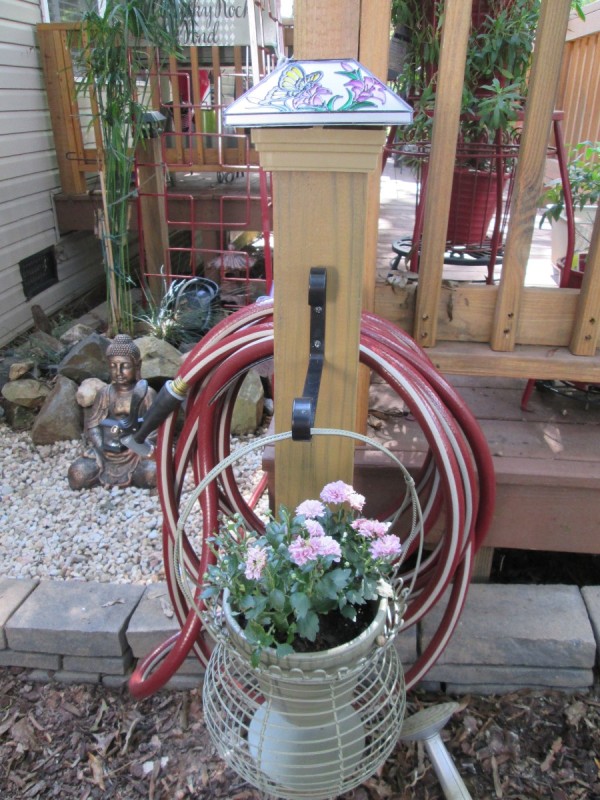
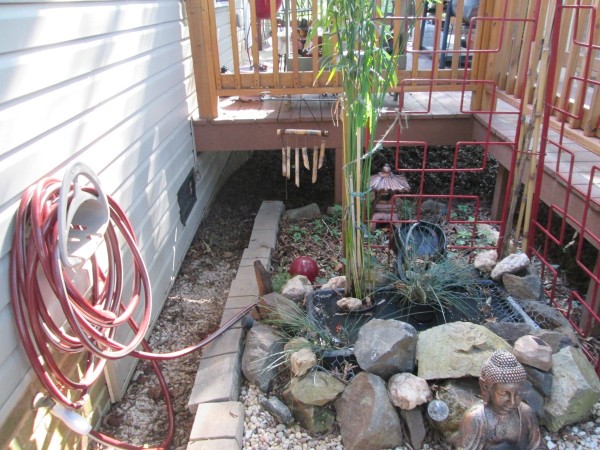
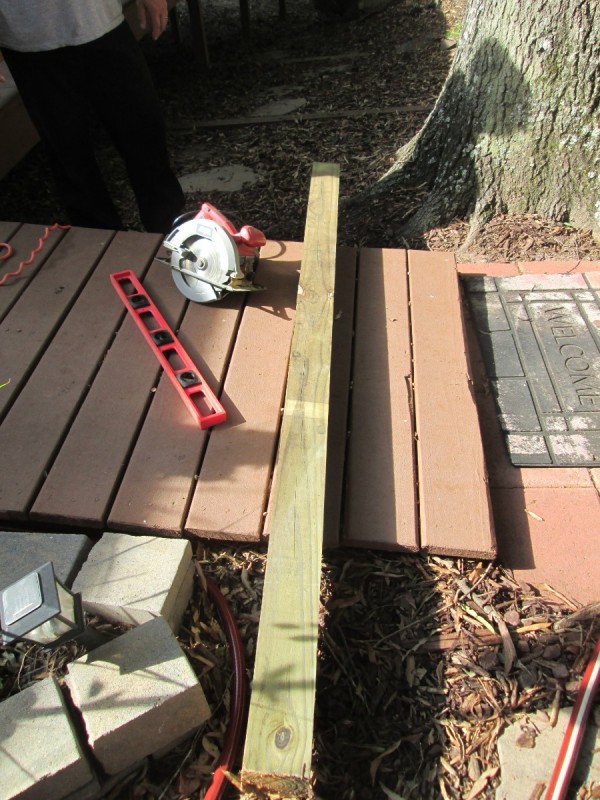
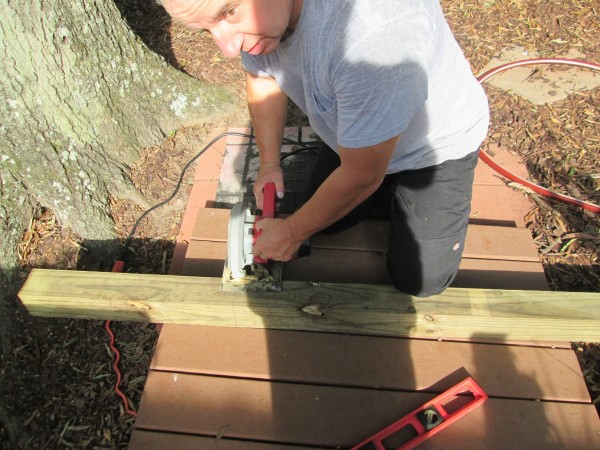
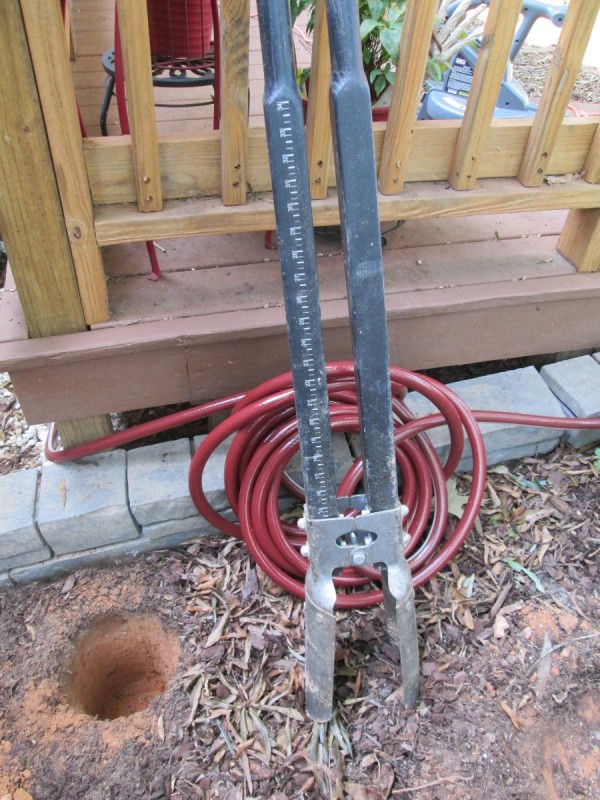
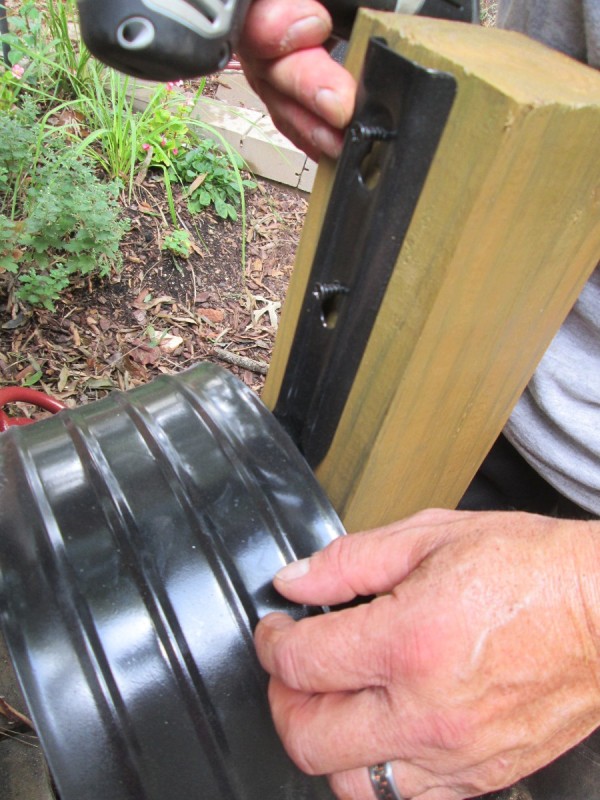
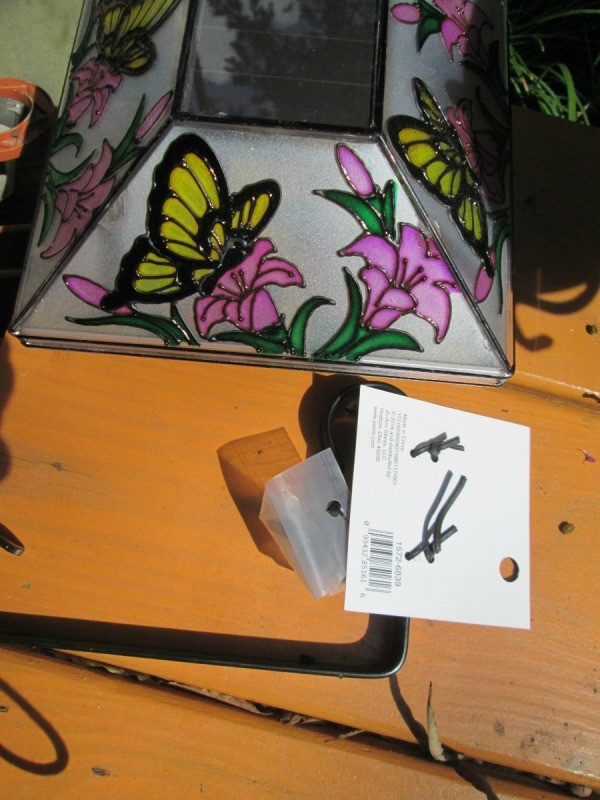
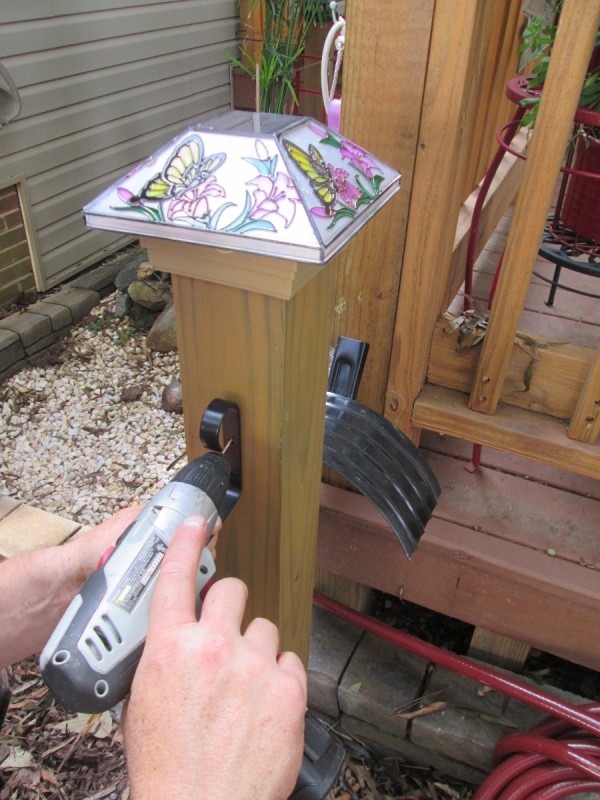
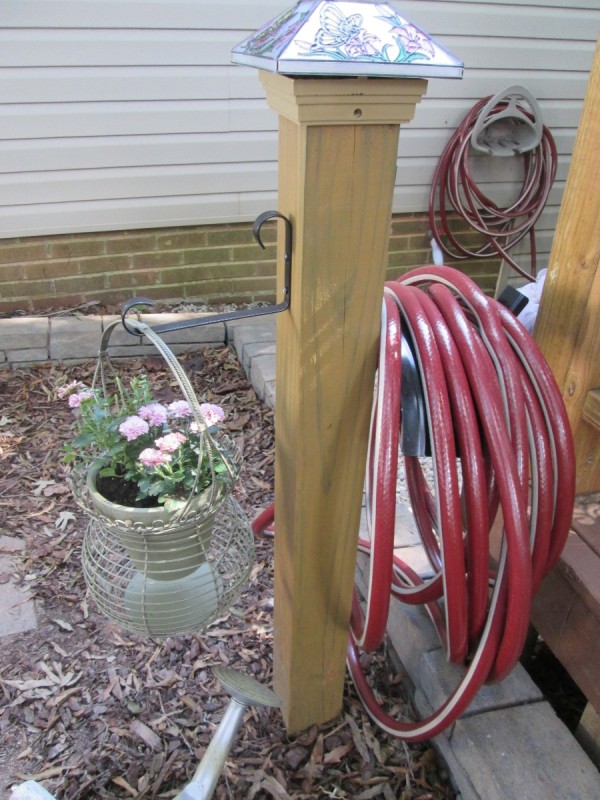
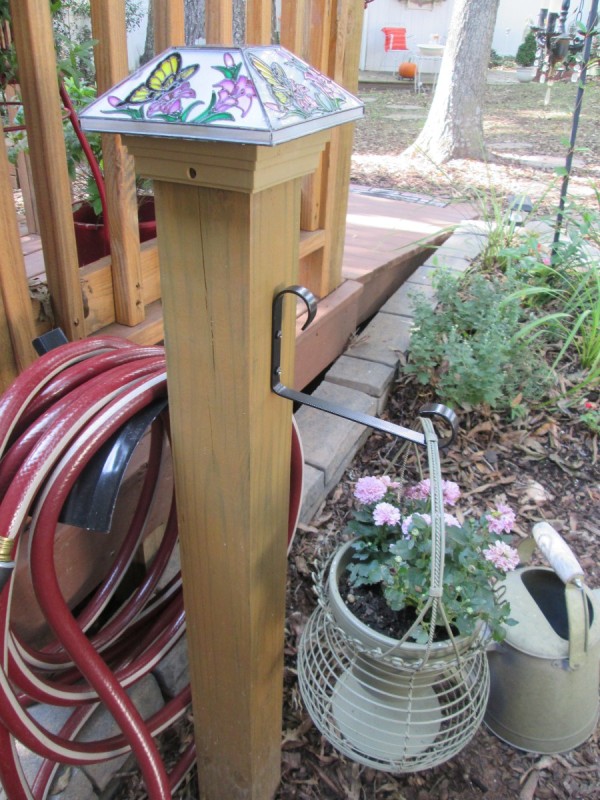
This page contains the following solutions.
When it comes to watering garden plants, fancy irrigation systems are nice, but most of us still rely on Mother Nature, and a good old-fashioned garden hose to deliver the goods.
Even though I'm an avid gardener, visible hoses have always been an irritation to me! Gotta have them though! I hate those reels, but I hate them lying on the ground even more.
Don't let children drink from a garden hoses. They are sometimes made from a vinyl stabilizer which uses lead. Too dangerous.
Do you live in a hard water area and use soaker hoses to irrigate your garden area? Do the pores plug up with mineral deposits after a few months and then not ooze water where you want it?
Keeping your garden hose convenient to use and untangled can be accomplished by repurposing a pot or even an old tire rim. This is a page about homemade garden hose hanger ideas.